Living machines made from drug-carrying bacteria target tumors to improve the effectiveness and safety of chemotherapies.
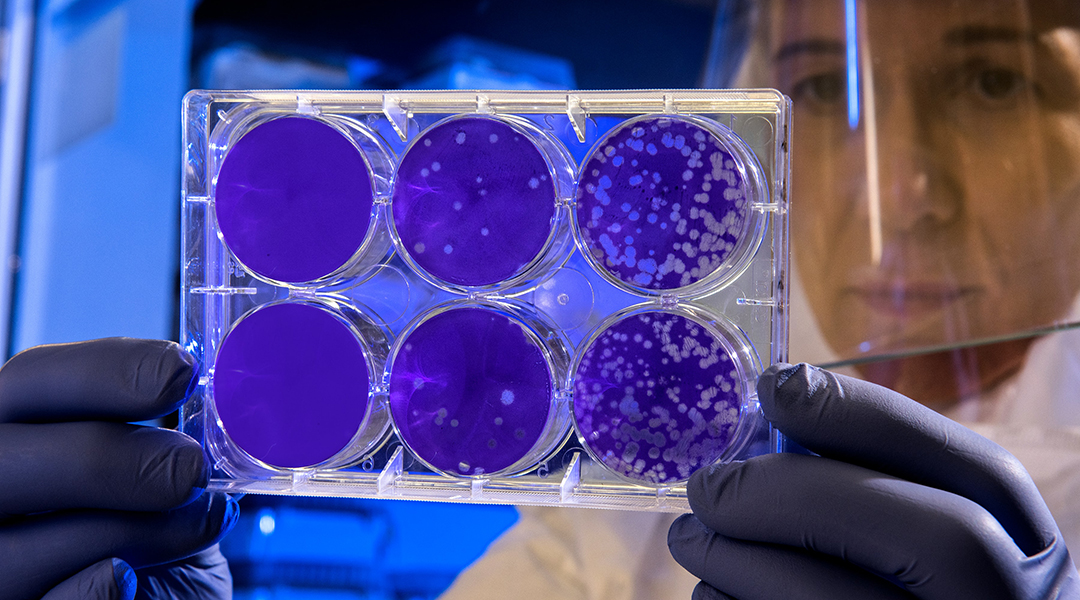

Living machines made from drug-carrying bacteria target tumors to improve the effectiveness and safety of chemotherapies.

Spherical nucleic acids show promise as a targeted and effective immunotherapy for patients with metastatic prostate cancer.

A pollen-based ink opens doors for advancements in 3D bioprinting.
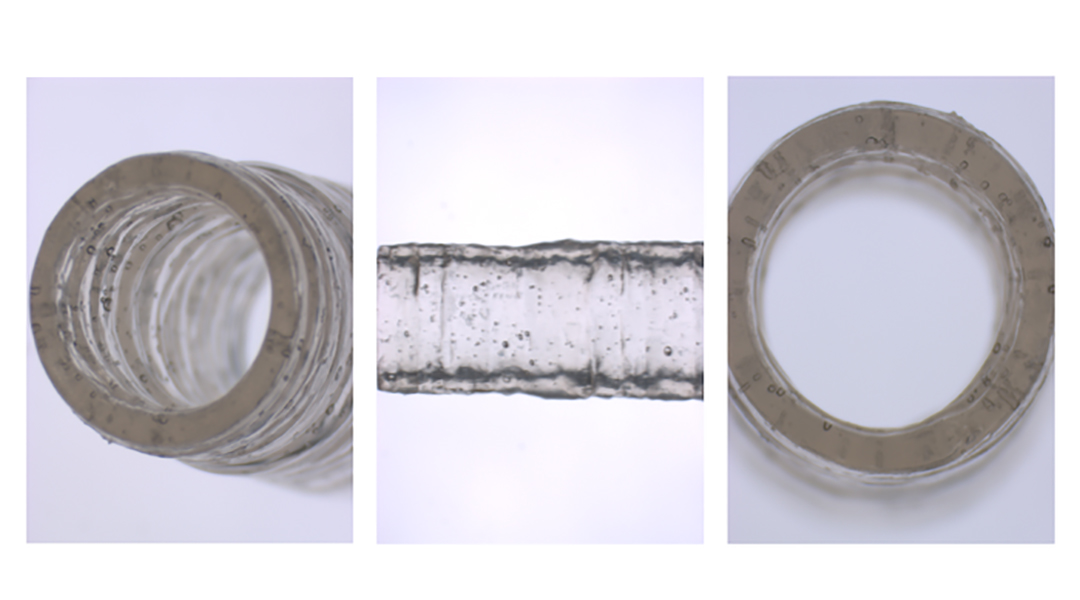
A new nanoengineered bioink allows scientists to print 3D, anatomically accurate, multicellular blood vessels.
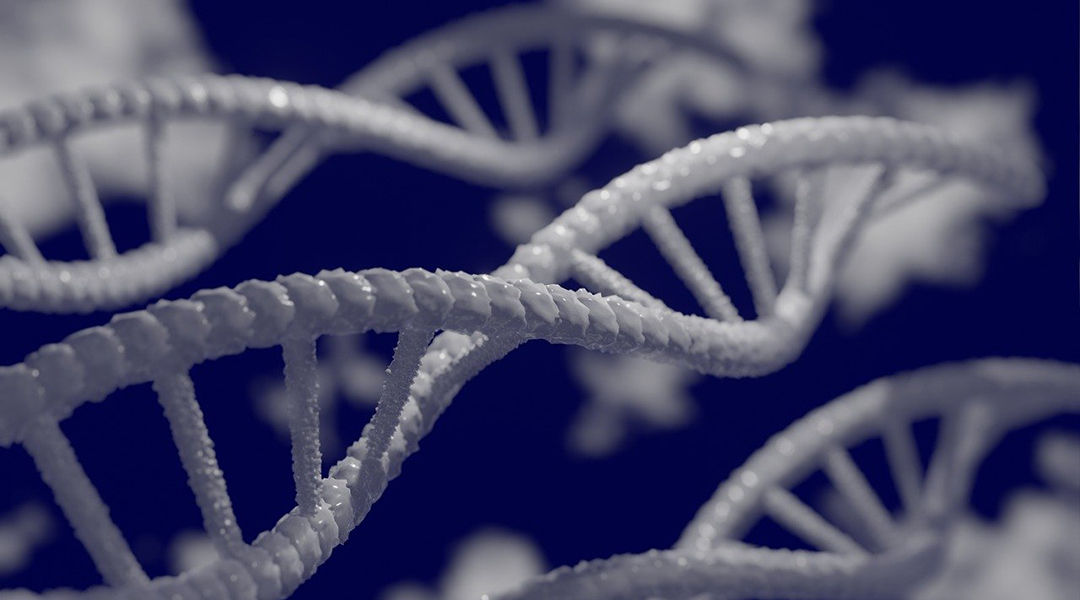
Fitting hydrogels with aptamer-based ligands can open doors for a range of new biomedical applications.
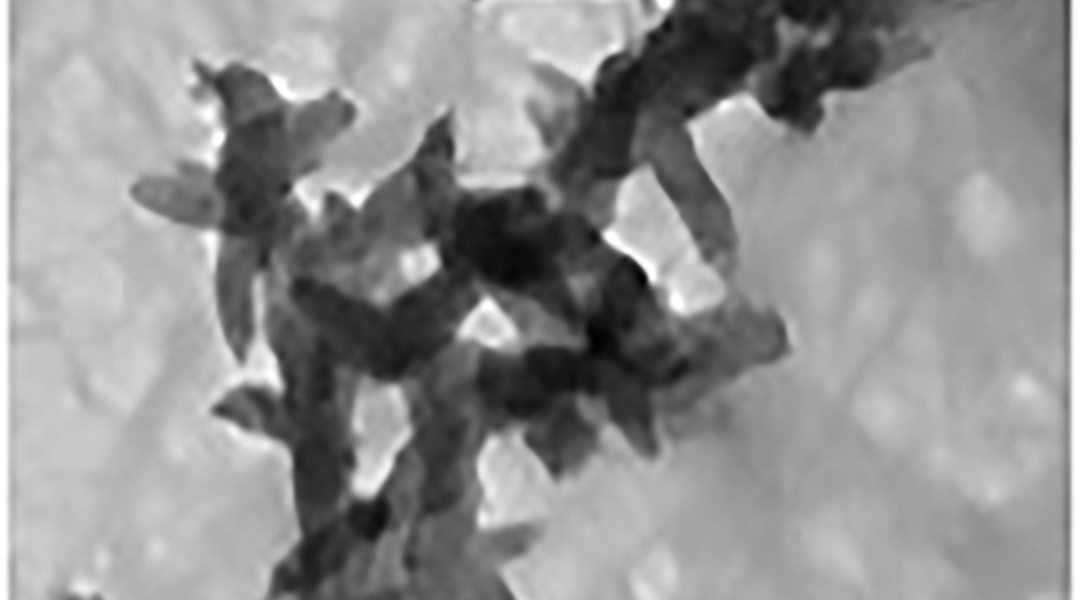
A conductive biomaterial that supports the growth of cardiac muscle cells and facilitates their synchronous beating holds great potential for cardiac tissue engineering.
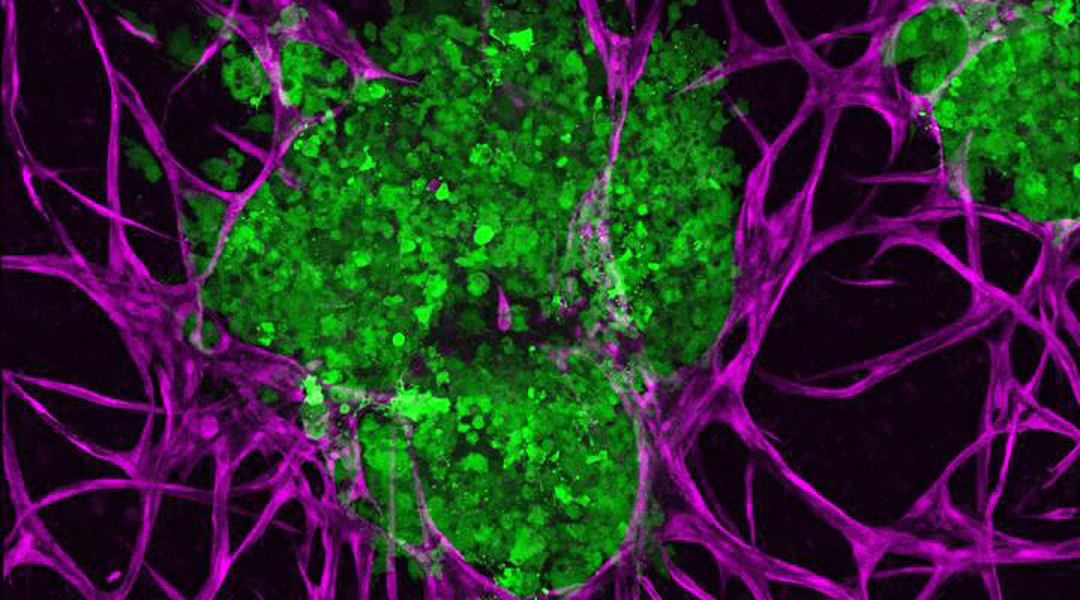
A prototype platform allows researchers to culture and study tumor growth in new detail.
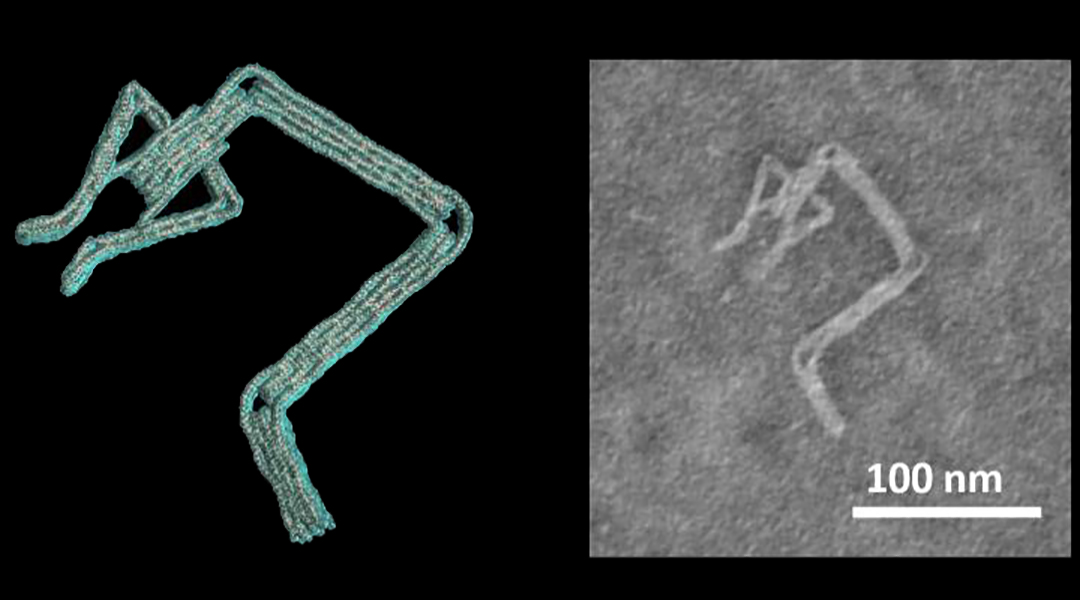
New software allows researchers to create complex structures from DNA, such as robot arms with claws and nanometer-sized airplanes.
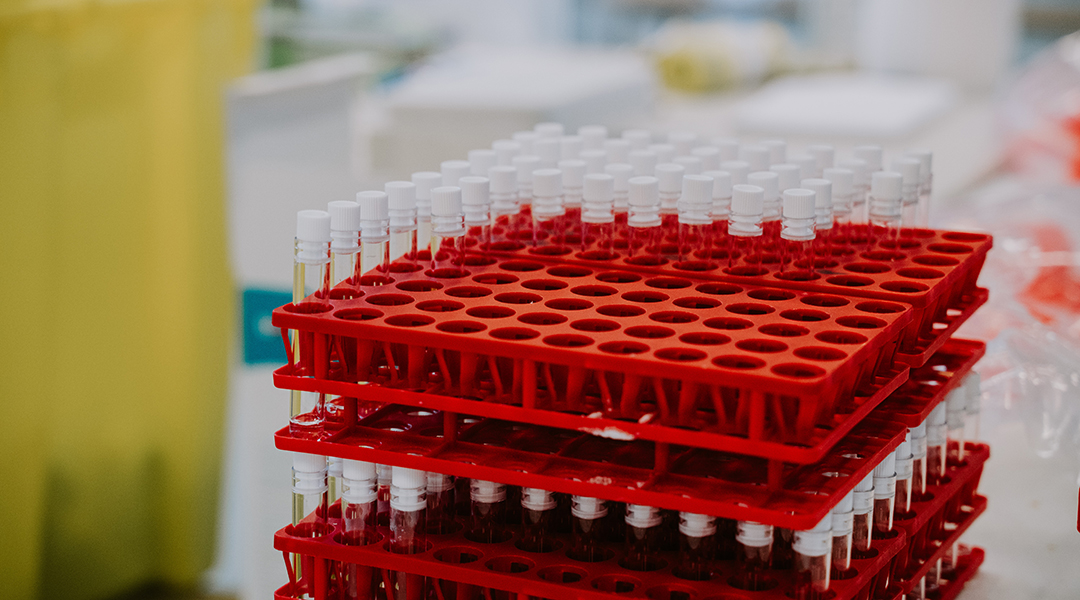
Assays using pseudoviruses have been indispensable in our efforts to halt the current pandemic.

A well-based microfluidic device allows researchers to generate important data that are needed to better understand the parameters that influence evolution in bacteria to combat antibiotic resistance.